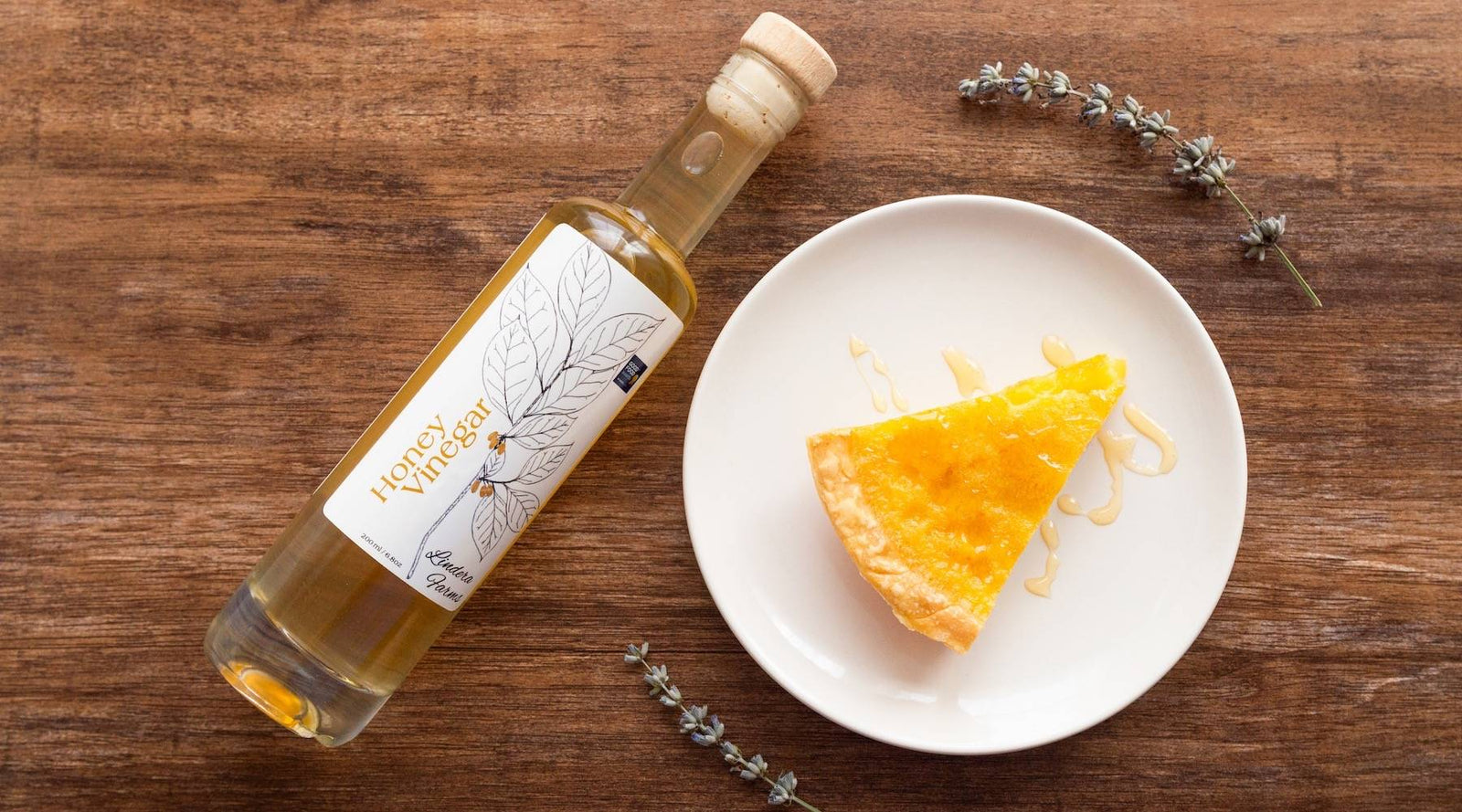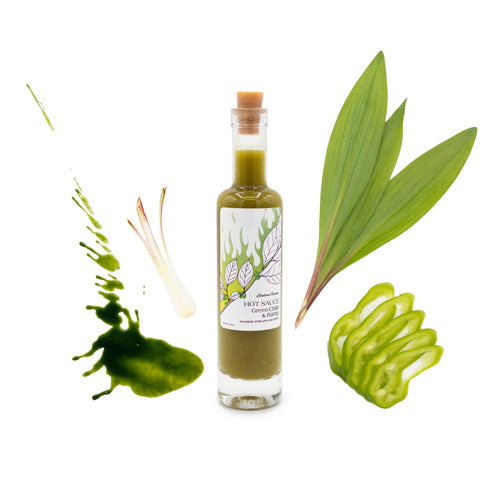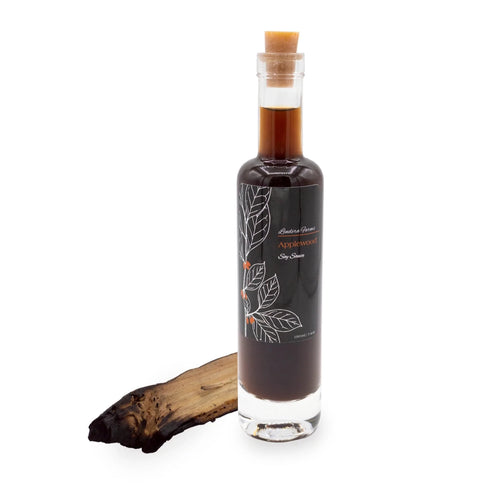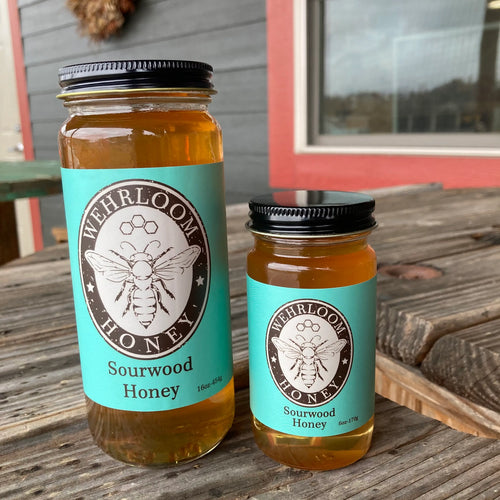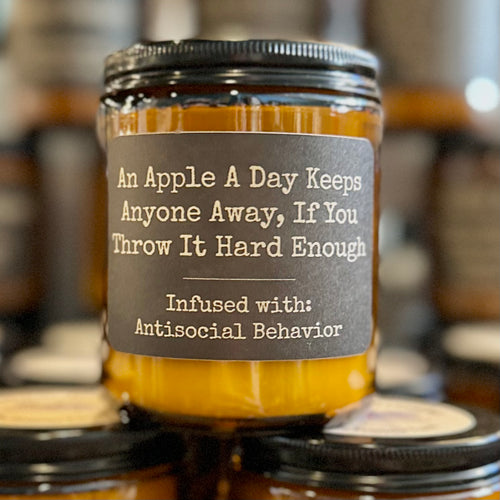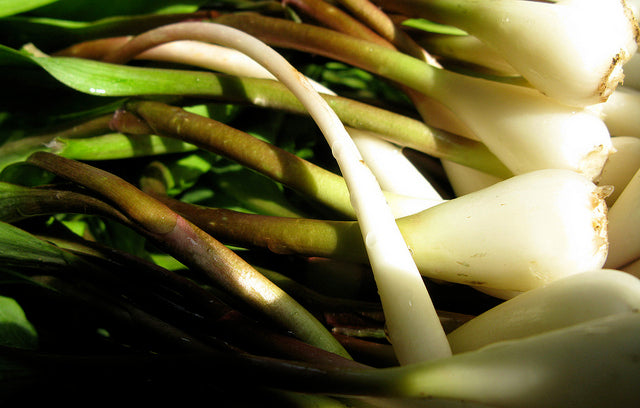
We humans tend to get carried away when we like something a lot--think about the last time you were alone with a dozen doughnuts or the last two seasons of The Office or The Harlem Shake. Sometimes we just can't stop ourselves.
With ramps, that tendency poses a real risk. As Kentucky writer Joyce Pinson explains in today's guest post, we might be loving our favorite edible root to death.
*
County lines are a good thing. They identify who we are, and where we come from. But county lines, especially here in the mountains, can be a barrier to communication and progress. On the creek where I live, we keep our heads down. We tend our gardens. We go to work. We go to school. We go to church. But for the most part, we do not interact with many people beyond our immediate community.
Our news, however, comes from pretty far off--Huntington, Hazard, and Charleston. The nearest of those is some fifty miles away….and worlds removed from everyday living amongst our hills and hollers.
In between the folks along my creek and those far-flung news sources, there’s a lot of territory. Thankfully, the Eastern Kentucky Food Systems Collaborative is building connections across county lines. They’re bringing together farmers, chefs, academics, and eaters from across the region. Friendships form. Alliances are made. Outside the meetings, we talk on the Internet, blurring the unseen barriers of county lines with lightning speed. Together, we hope to redefine Appalachia’s agricultural future and recapture our historically self-sustaining way of life.
On my creek, which is called Johns Creek, the tradition of ramp eating is lost to the ages. But up Widow’s Branch, over the mountain in Freeburn, folks still know what ramps are and where to find them. But you have to ask with caution. Like moonshine, ramps are valuable. They are grown in the secret places. Purchasing fresh ramps is a covert operation. When friends show up on my porch with the fresh stinkies, I ask no questions. I pay the price. I dance a jig. I heat up the cast iron skillet and dump in some bacon grease. It will be a good day!
I talked to a chef last week who gladly pays $15 a pound for the hillbilly stinkies. That is cash money. In a good location, you could easily harvest 8 or 10 pounds in an hour. The thing is, those that do harvest often dig up whole colonies, leaving none to reproduce seeds and clumps of greens for future financial gain or reinforced biodiversity.
As luck would have it, an area nonprofit called Grow Appalachia came into a large quantity of ramp seeds. They connected with me and my friends at the Eastern Kentucky Food Systems Collaborative, and together, we made sure the seeds were distributed.
In secret, farmers stomped through the hills looking for the ideal location to plant the seeds, a north slope under a canopy of trees offering just a dappling of sunshine. We will report back on seed germination rates. We will keep mum about where the seeds were planted, hoping nature will take its course and the ramps will spread rapidly.
By planting ramps, we’re trying to help repopulate our dwindling supply. Growing from seed takes time; but once plants take root they can be thinned and replanted, spreading the wealth so to speak. As my patch grows, I will continue to expand ramp plantings in hopes of re-establishing this native plant, which is emerging as an important source of supplemental income for a region in economic transition.
And as we come together to bring change in Appalachia, we realize it is possible to respect our culture and traditional foodways while moving toward a more self-sustaining future. It happens one ramp seed at a time; one farmer at a time. It happens when people talk across the county lines.
Now be honest, do I stink? Giggles.




